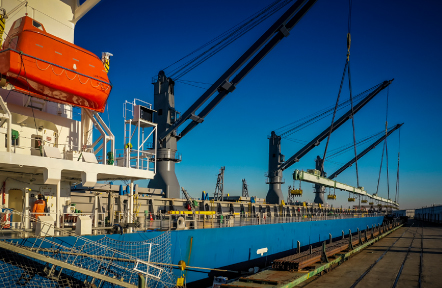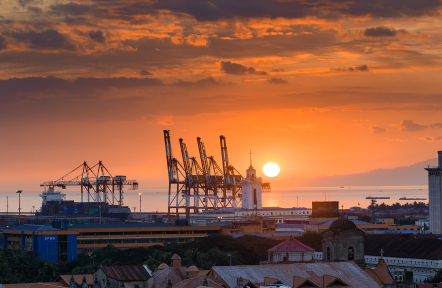Although one of Europe’s youngest port’s, the Port of Tallinn is one of the region’s fastest growing. As of last year, it handled around 11 million passengers, more than 20 million tons of cargo and 7,700 sea vessel visits.

Founded in 1992, the Port of Tallinn also develops industrial sites to complement its strategy to become a leading passenger and cargo port, as well as a logistics center in the Baltic Sea region. And to achieve those objectives, the port looks at how digital innovations help to combine sustainability with efficiency.
The Port of Tallinn, together with the Estonian logistics sector, has begun developing an information exchange system, called Single Window, which allows the logistics and transportation sector to communicate with each other in a paperless and secure way. The aim is to connect the whole value chain and build stronger partnerships in Asia, particularly with Japan.
“About 50 to 60 percent of all exports from Estonia to Japan is wood timber followed by automobiles. While in terms of imports, it’s machinery,” CEO Valdo Kalm said.
As part of its Masterplan 2030 for the Old City Harbour, launched in 2016, the Port of Tallinn will undergo a major redevelopment of its main infrastructure and terminals, integrating smart technology that will connect the port with the city and its public spaces.
“This could be interesting for Japanese investors because we will open tenders for real estate development for offices and residential areas. There are almost 20 hectares
available for development,” Kalm said.
With its IPO on June 2018, the port hopes to raise the needed capital to become the most innovative port in the Baltic and consolidate its ties to Japan.













